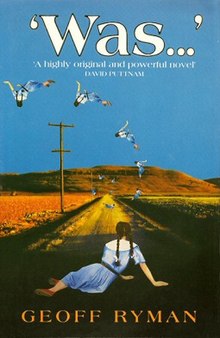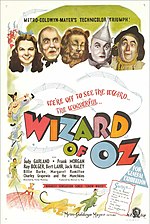
Lyman Frank Baum was an American author best known for his children's fantasy books, particularly The Wonderful Wizard of Oz, part of a series. In addition to the 14 Oz books, Baum penned 41 other novels, 83 short stories, over 200 poems, and at least 42 scripts. He made numerous attempts to bring his works to the stage and screen; the 1939 adaptation of the first Oz book became a landmark of 20th-century cinema.

The Patchwork Girl of Oz is the seventh novel in L. Frank Baum's Oz series. Characters include the Woozy, Ojo "the Unlucky", Unc Nunkie, Dr. Pipt, Scraps, and others. The book was first published on July 1, 1913, with illustrations by John R. Neill. In 1914, Baum adapted the book to film through his Oz Film Manufacturing Company.

The Wonderful Wizard of Oz is a 1900 children's novel written by author L. Frank Baum and illustrated by W. W. Denslow. It is the first novel in the Oz series of books. A Kansas farm girl named Dorothy ends up in the magical Land of Oz after she and her pet dog Toto are swept away from their home by a cyclone. Upon her arrival in the magical world of Oz, she learns she cannot return home until she has destroyed the Wicked Witch of the West.

The Emerald City of Oz is the sixth of L. Frank Baum's fourteen Oz books. Originally published on July 20, 1910, it is the story of Dorothy Gale and her Uncle Henry and Aunt Em coming to live in Oz permanently. While they are toured through the Quadling Country, the Nome King is assembling allies for an invasion of Oz. This is the first time in the Oz series that Baum made use of double plots for one of the books.

Ozma of Oz, published on July 30, 1907, was the third book of L. Frank Baum's Oz series. It was the first in which Baum was clearly intending a series of Oz books.

Dorothy Gale is a fictional character created by American author L. Frank Baum as the protagonist in many of his Oz novels. She first appears in Baum's classic 1900 children's novel The Wonderful Wizard of Oz and reappears in most of its sequels. In addition, she is the main character in various adaptations, notably the 1939 film adaptation of the novel, The Wizard of Oz.

Princess Ozma is a fictional character from the Land of Oz, created by American author L. Frank Baum. She appears for the first time in the second Oz book, The Marvelous Land of Oz (1904), and in every Oz book thereafter.

Glinda is a fictional character created by L. Frank Baum for his Oz novels. She first appears in Baum's 1900 children's classic The Wonderful Wizard of Oz, and is the most powerful sorceress in the Land of Oz, ruler of the Quadling Country South of the Emerald City, and protector of Princess Ozma.
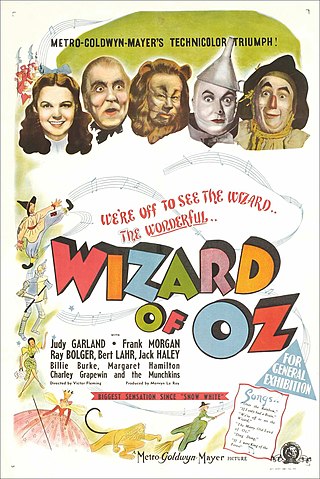
The Wizard of Oz is a 1939 American musical fantasy film produced by Metro-Goldwyn-Mayer (MGM). An adaptation of L. Frank Baum's 1900 children's fantasy novel The Wonderful Wizard of Oz, it was primarily directed by Victor Fleming, who left production to take over the troubled Gone with the Wind. It stars Judy Garland, Frank Morgan, Ray Bolger, Bert Lahr, Jack Haley, Billie Burke and Margaret Hamilton. Noel Langley, Florence Ryerson and Edgar Allan Woolf received credit for the screenplay, while others made uncredited contributions. The music was composed by Harold Arlen and adapted by Herbert Stothart, with lyrics by Edgar "Yip" Harburg.

The Land of Oz is a magical country introduced in the 1900 children's novel The Wonderful Wizard of Oz written by L. Frank Baum and illustrated by W. W. Denslow.

The Nome King is a fictional character created by American author L. Frank Baum. He is introduced in Baum's third Oz book Ozma of Oz (1907). He also appears in many of the continuing sequel Oz novels also written by Baum. Although the character of the Wicked Witch of the West is the most notable and famous Oz villain, it is actually the Nome King who is the most frequent antagonist throughout the entire book series.

Political interpretations of The Wonderful Wizard of Oz include treatments of the modern fairy tale as an allegory or metaphor for the political, economic, and social events of America in the 1890s. Scholars have examined four quite different versions of Oz: the novel of 1900, the Broadway play of 1902, the Hollywood film of 1939, and the numerous follow-up Oz novels written after 1900 by Baum and others.

The Wonderful Wizard of Oz is a 1910 American silent fantasy film and the earliest surviving film version of L. Frank Baum's 1900 novel The Wonderful Wizard of Oz, made by the Selig Polyscope Company without Baum's direct input. It was created to fulfill a contractual obligation associated with Baum's personal bankruptcy caused by The Fairylogue and Radio-Plays, from which it was once thought to have been derived. It was partly based on the 1902 stage musical The Wizard of Oz, though much of the film deals with the Wicked Witch of the West, who does not appear in the musical.
Tim Pratt is an American science fiction and fantasy writer and poet. He won a Hugo Award in 2007 for his short story "Impossible Dreams". He has written over 20 books, including the Marla Mason series and several Pathfinder Tales novels. His writing has earned him nominations for Nebula, Mythopoeic, World Fantasy, and Bram Stoker awards and has been published in numerous markets, including Asimov's Science Fiction, Realms of Fantasy, Orson Scott Card's InterGalactic Medicine Show, and Strange Horizons.

The Wizard of Oz was a 1902 musical extravaganza based on the 1900 novel The Wonderful Wizard of Oz by L. Frank Baum. Although Baum is the credited bookwriter, Glen MacDonough was hired on as jokewriter after Baum had finished the script, and the book was largely ghostwritten by a man named Finnegan. Much of the original music was by Paul Tietjens and has been mostly lost, although it was still well-remembered and in discussion at MGM in 1939 when the classic film version of the story was made. The original show was particularly popular because of its two comedy stars: Fred Stone playing the Scarecrow, and David C. Montgomery as the Tin Woodman.
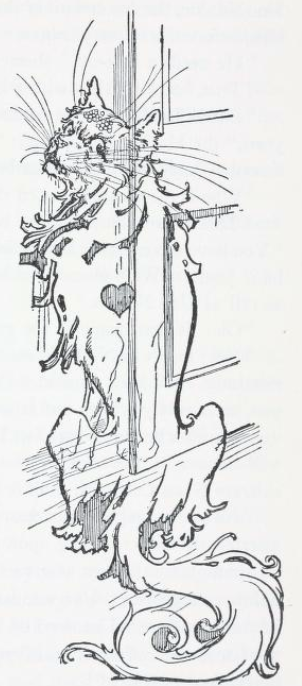
Bungle, the Glass Cat is a character in the Oz books of L. Frank Baum.

A Barnstormer in Oz: A Rationalization and Extrapolation of the Split-Level Continuum is a 1982 novel by Philip José Farmer and is based on the setting and characters of L. Frank Baum's The Wonderful Wizard of Oz.

The Wonderful Wizard of Oz is a 1900 children's novel written by American author L. Frank Baum. Since its first publication in 1900, it has been adapted many times by L. Frank Baum and others: for film, television, theatre, books, comics, games, and other media.
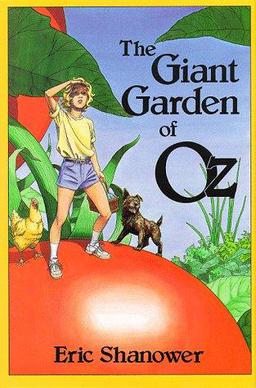
The Giant Garden of Oz is a novel written and illustrated by Eric Shanower, first published in 1993 by Emerald City Press, a division of Books of Wonder. As its title indicates, the novel is a volume in the ever-growing literature in the Oz series, written by L. Frank Baum and many successors.
This is a complete bibliography for American children's writer L. Frank Baum.
